Cancer drug helps treat decades-long symptoms in patient with complicated lymphatic issue
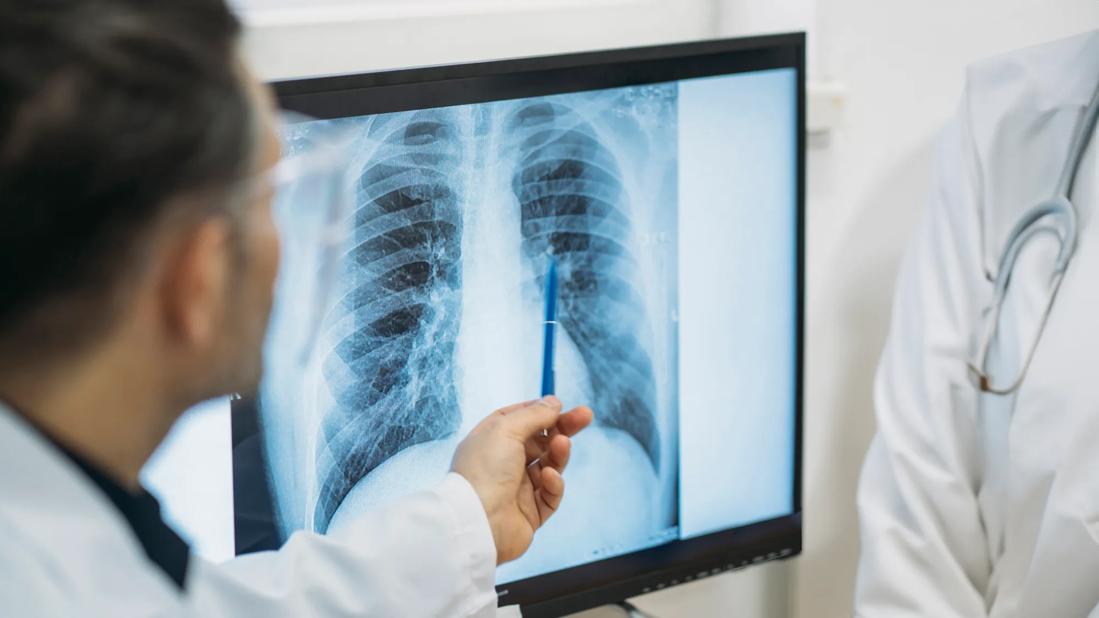
A 20-year-old man presented to Cleveland Clinic with excessive, refractory fluid collections in his lungs.
Advertisement
Cleveland Clinic is a non-profit academic medical center. Advertising on our site helps support our mission. We do not endorse non-Cleveland Clinic products or services. Policy
Uncontrolled fluid collections had been known to him since his early life. He was born with nonimmune hydrops in his lungs, heart and legs. Over two decades, his chronic lung effusions puzzled his providers: there was an ebb and flow to the fluid collection, increasing and decreasing but never completely controlled.
"Sometimes the fluid responded to simple things like diuretics. Other times, it didn't and would require additional drainage through chest tubes. So, it was a real problem for this young man," says Michael Kelly, MD, PhD, the patient's physician. Dr. Kelly, a clinical hematologist, also a member of the Cleveland Clinic Children's Vascular Anomalies Program.
Symptoms in the patient's early life raised suspicions of Noonan syndrome, although this was not confirmed. His facial features, congenital heart issues and chronic fluid collections were all consistent with the diagnosis.
While symptoms related to his congenital heart condition had been relatively well-managed throughout his life, the fluid on his lungs persisted.
As a young adult, he eventually opted for surgical intervention to address the excessive fluid on his lungs. An MR lymphangiogram, an imaging technique to help visualize the lymphatic anatomy and potential disfunction, confirmed what was suspected: a lymphatic leakage. He went on to have a lymphaticovenous anastomosis, a surgery that reroutes a major lymphatic vessel, draining it directly into a vein.
Unfortunately, surgery was only temporizing. The fluid persisted but at lower levels. He would require a different treatment.
Advertisement
Dr. Kelly became involved in the patient's care following his surgery at another health system. He collaborated with the care team to develop a new plan, one that included treatment using a cancer drug, trametinib, that had shown promising outcomes in patients with vascular malformations.
Trametinib is a MEK inhibitor, a class of drugs that blocks an abnormal protein involved in the proliferation of cancer cells.
"These medicines help decrease the leakiness of the lymphatic vessels and help restructure the anatomy of the existing vessels, meaning it changes the anatomy," Dr. Kelly notes. "Noonan syndrome is associated with a group of genetic conditions called RASopathies, which cause activation in the Ras-MAP kinase pathway. The medication works by down-regulating this signaling pathway."
Before starting him on the drug, they also confirmed the Noonan syndrome diagnosis with a genetic test, which had not been done previously. About 15% to 20% of patients with Noonan's syndrome have lymphatic malformations or abnormalities, a relatively recent finding.
They started the patient on a low dose and gradually escalated his therapy. "He is doing exceptionally well," explains Dr. Kelly. "His effusions are gone, and he's tolerated the medicine very well."
He will continue the medicine, and his care team will plan to re-evaluate his central lymphatics with imaging tests to determine if longer-term structural changes have occurred because of the medication.
Sometimes, these changes are significant enough for patients to discontinue the medication and experience normal function.
Advertisement
"It was a puzzle, and the pieces were at various centers and done in various decades, so you have to work through that and be diligent as you're coming to a diagnosis and, more importantly, which interventions you recommend," explains Dr. Kelly.
He also notes that technological advancements helped facilitate this outcome. Just ten years ago, the genetic testing, imaging studies, surgical intervention and medications were not available.
"Today, we have these tools and more, and it's important that clinicians and patients alike understand that we are well-equipped with the resources to manage patients as complicated as this young man," he stresses.
For this specific issue, nonimmune hydrops in neonates should be a clue that the central lymphatic system needs to be evaluated.
The pathology and symptomology of vascular malformations can occur anywhere on the body, although they commonly appear on the face, head and neck. They typically present at birth but may not become evident until later in life.
Unexplained soft tissue mass, pain, swelling, and/or skin discolorations or birthmark-like blemishes should be evaluated by a specialist.
Cleveland Clinic Children's Vascular Anomalies Program is an on-ramp for specialized care, serving patients throughout their lifespan. The comprehensive and multidisciplinary approach fosters collaboration from specialists across the healthcare system, managing every aspect of care, from evaluation and diagnosis to treatment, follow-up, quality of life and beyond.
Advertisement
Advertisement

Cleveland Clinic pioneers a new paradigm in cardiovascular care delivery

Site visits offer firsthand lessons in clinical and operational excellence in cardiovascular care

Findings support emphasis on markers of frailty related to, but not dependent on, age
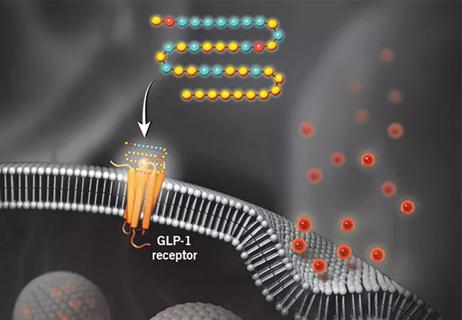
Findings establish overweight/obesity as a modifiable risk factor for cardiovascular disease
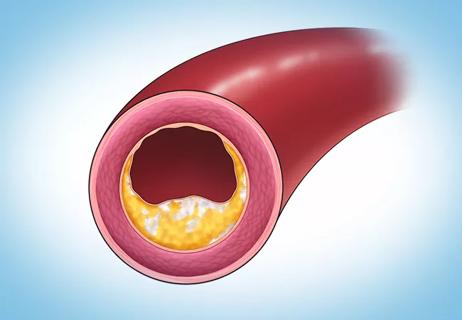
Observational study supports adding CAC score to traditional risk factors for precision medicine approach

Visual snapshots of how we manage challenging cases
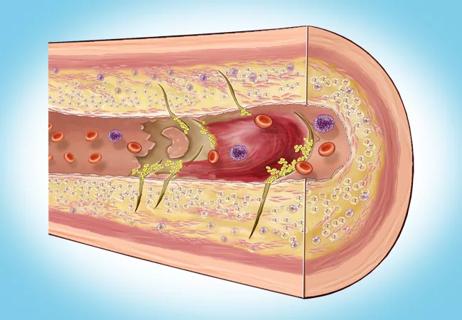
Inflammation found more predictive of events than LDL-C in pooled analysis of RCTs
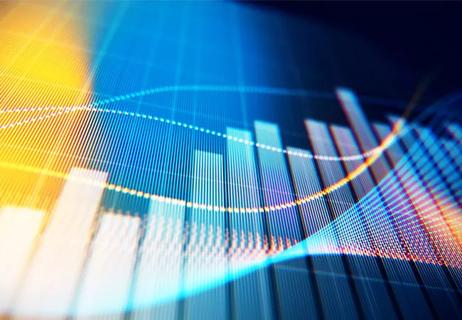
How our HVTI Advisory Services team facilitated swift improvements for an affiliated health organization